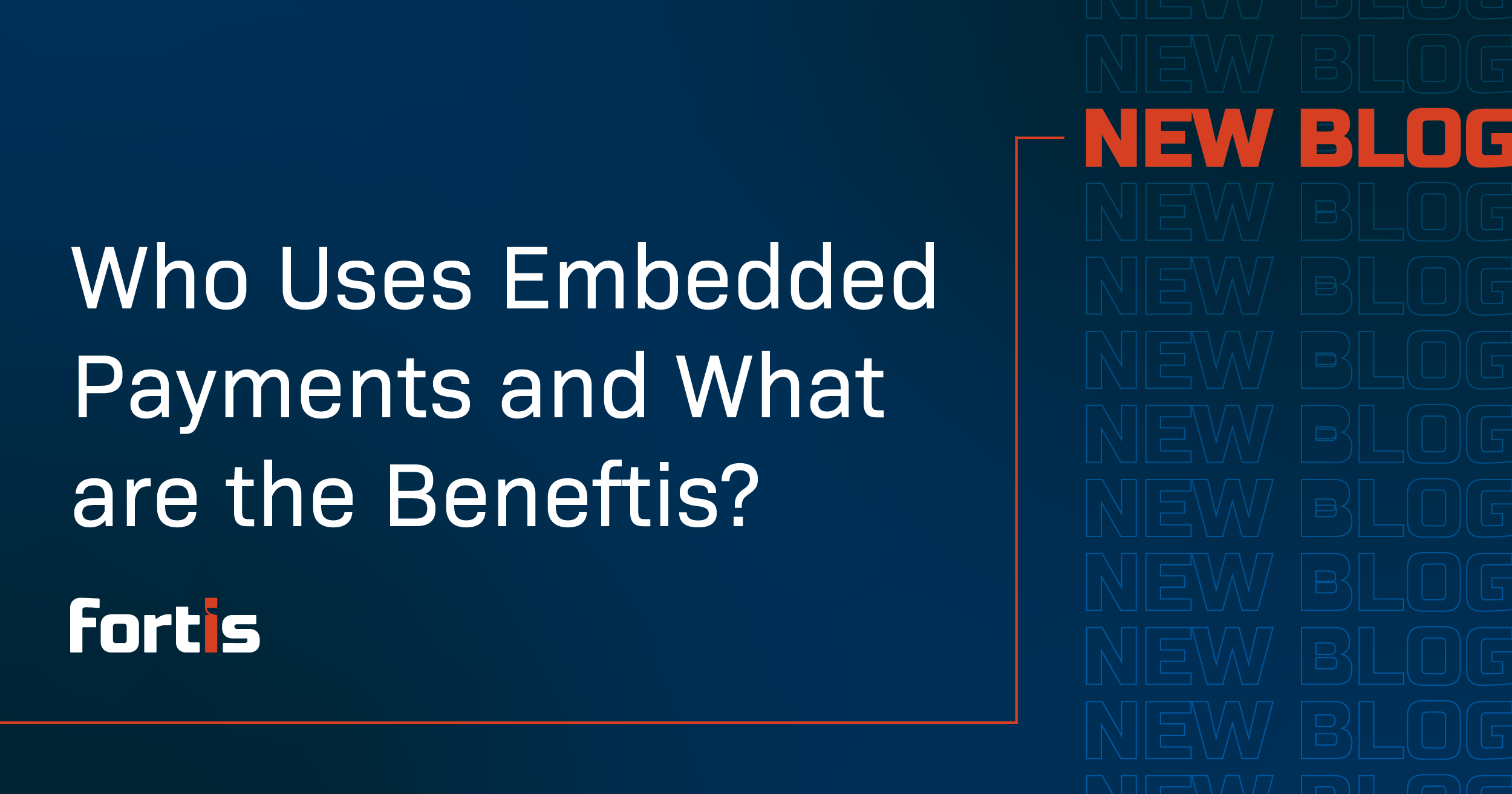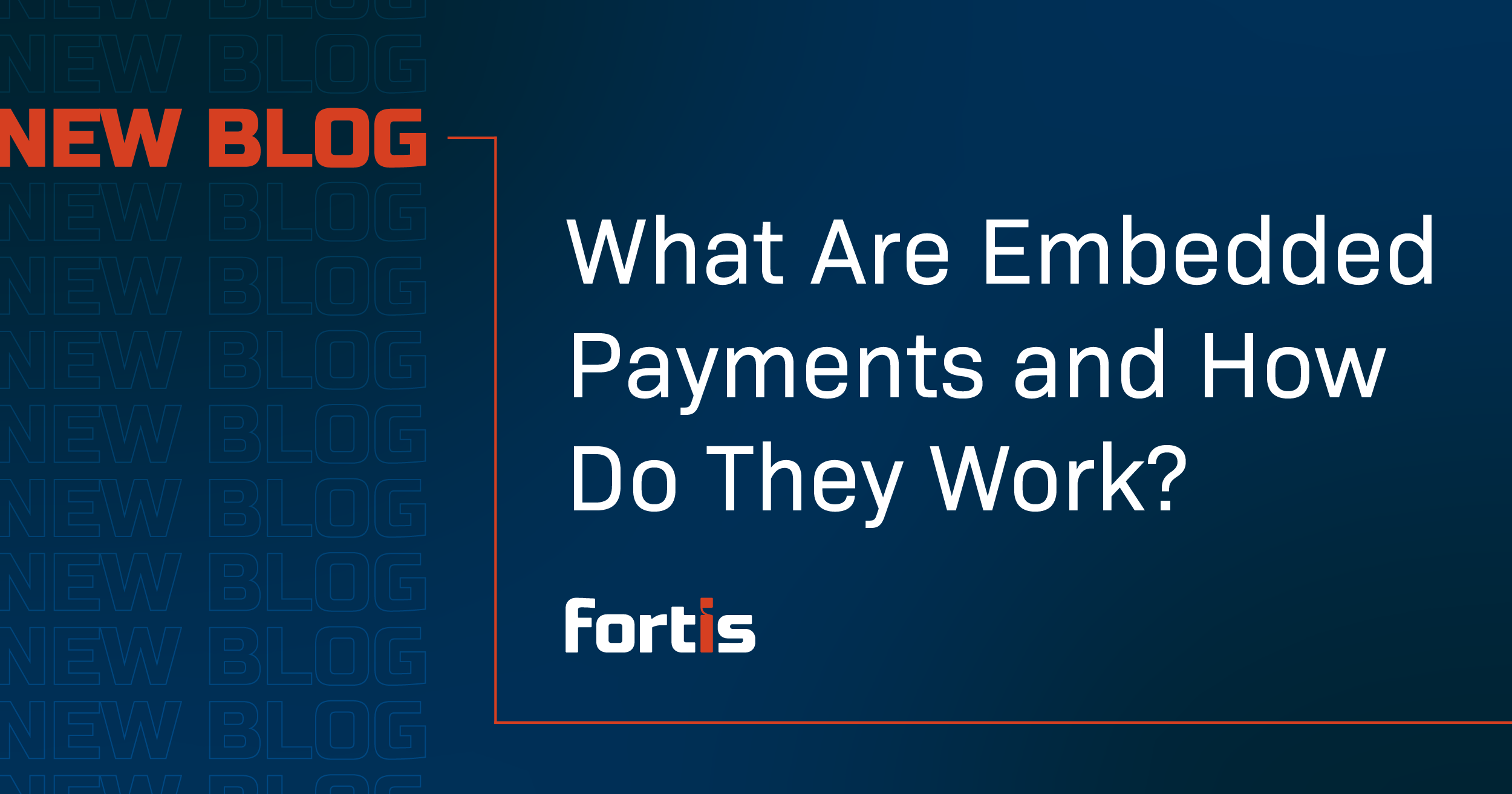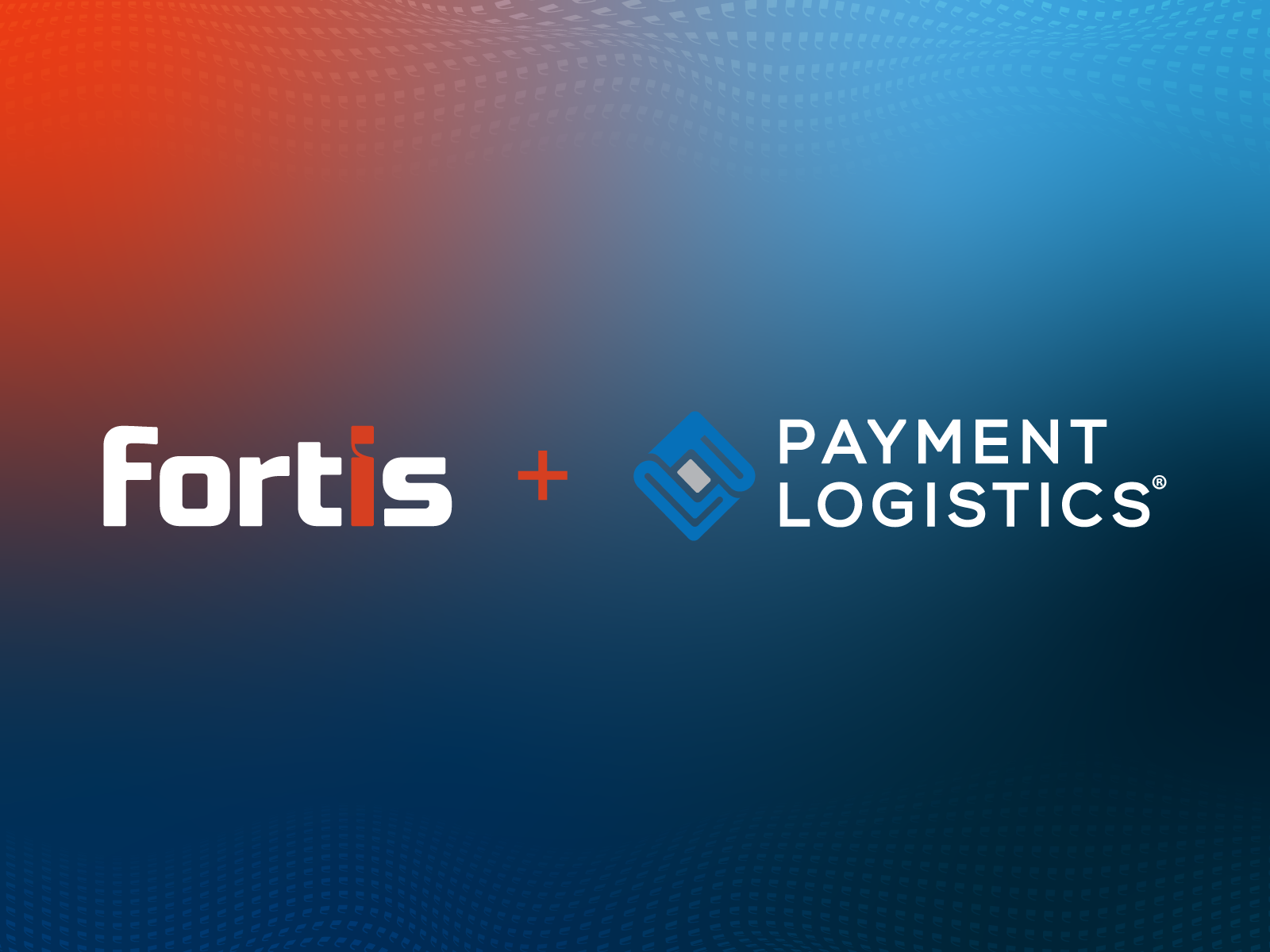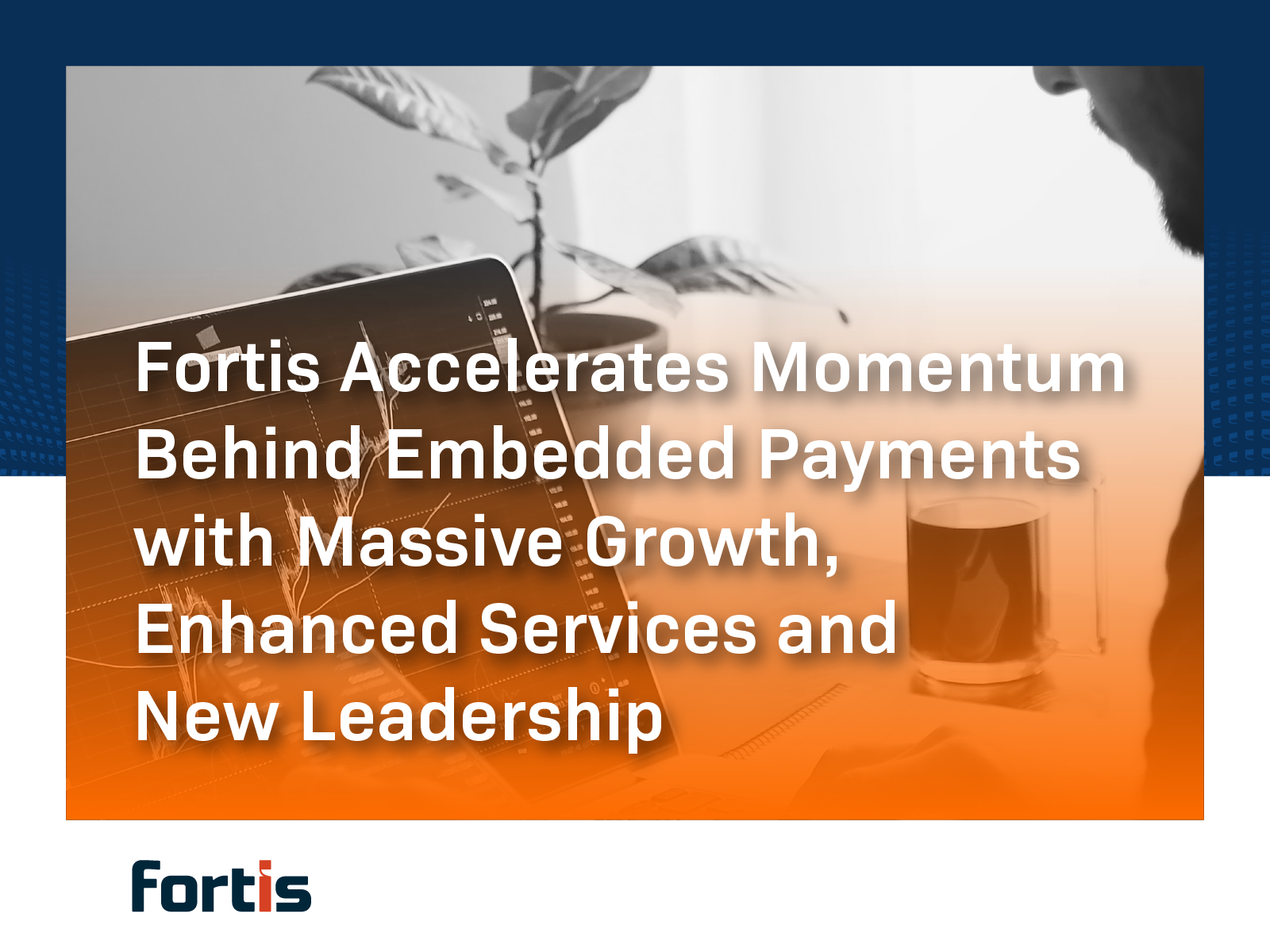In our last piece, we talked about Embedded Payments and how they work. In this blog, we discuss the ideal audience for Embedded Payments and the respective benefits of using this solution.
Who Uses Embedded Payments?
In all likelihood you’ve already used an embedded payment system. Any application or website that keeps you on its site for the entire checkout process is probably using an embedded payment processing gateway.
Some examples you are sure to recognize are:
- Uber
- Amazon
- Starbucks
- Tesla
- Walmart
And the list is only growing. In the last year, Fortis experienced an 80% growth rate–in part because of the high demand for embedded service solutions from businesses, software providers, and ERP solutions.
The reason why integrated payments are so popular? It boils down to a few different benefits.
What Are the Benefits of Embedded Payments?
There are several reasons to invest in an integrated payment solution—whether you are providing software solutions, allowing customized ERP access, or you’re a merchant looking to grow.
Here are five distinct benefits:
- Customer retention – When purchasing a product is secure and easy, without all the hassles of redirects and one-time passwords or codes, customers are more likely to return. This translates into boosted customer lifetime value.
- Seamless experience – An improved experience is at the core of embedded payment solutions. Providing an end-to-end, simple payment process makes it easy for customers to say “yes.”
- More control over the front end – An embedded payment solution isn’t just about keeping everything on-site. The best-in-class providers offer a seamless, front-end check-out experience for the end user that is close to invisible.
- Cross and upselling opportunities – When you use an integrated commerce solution, you have more chances to offer cross-sells and upsells to customers already in the process of checking out. Thus, improving your product awareness and potentially growing revenue.
- Fewer risks – Since the payment facilitator takes care of payment authorizations, fraud detection, and security, the merchant or service provider can minimize risks without sacrificing quality.
Overall, these five primary benefits lead to generating more income.
When you make it easier for consumers to buy, then more customers return, and you have a recipe for increased revenue. And once it’s in place, you don’t need to put much work into maintenance—your embedded payments platform will do that for you.
To learn more about the Fortis Platform’s Embedded Payments solution and to explore partnership with us, visit our website.







